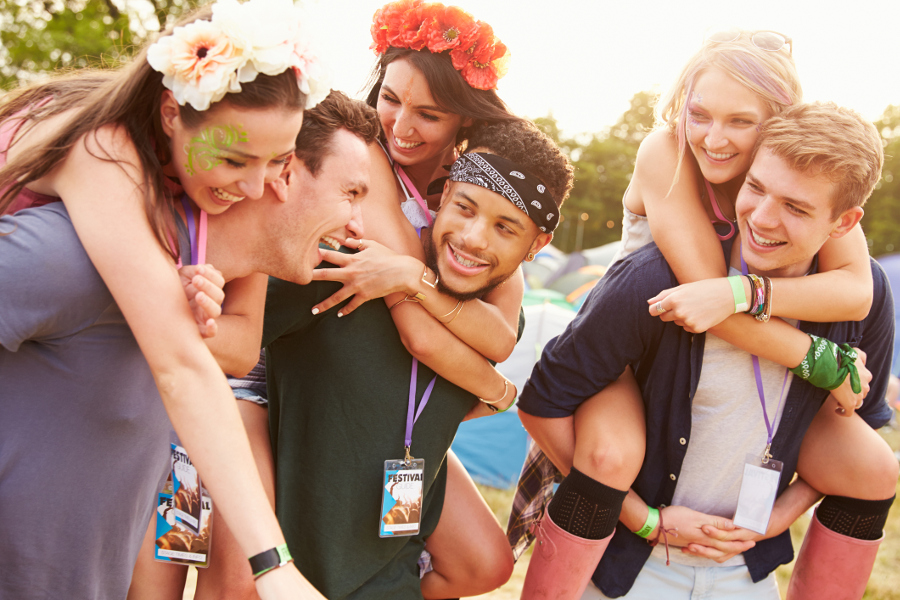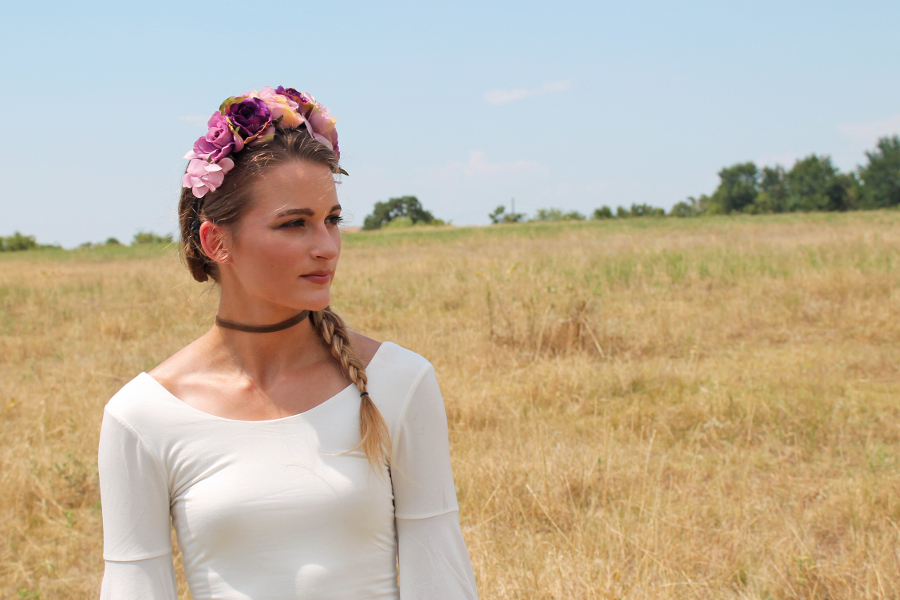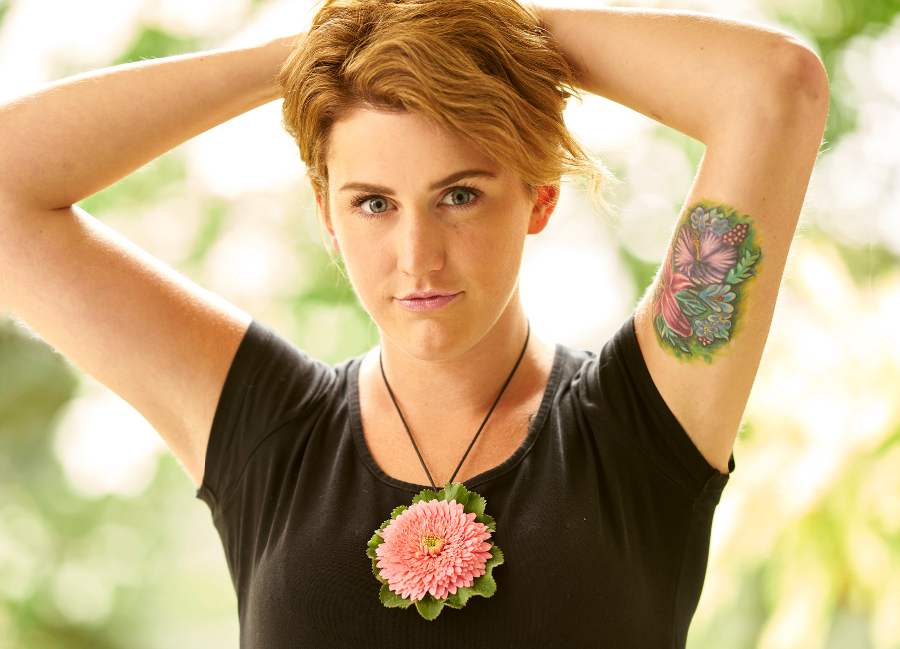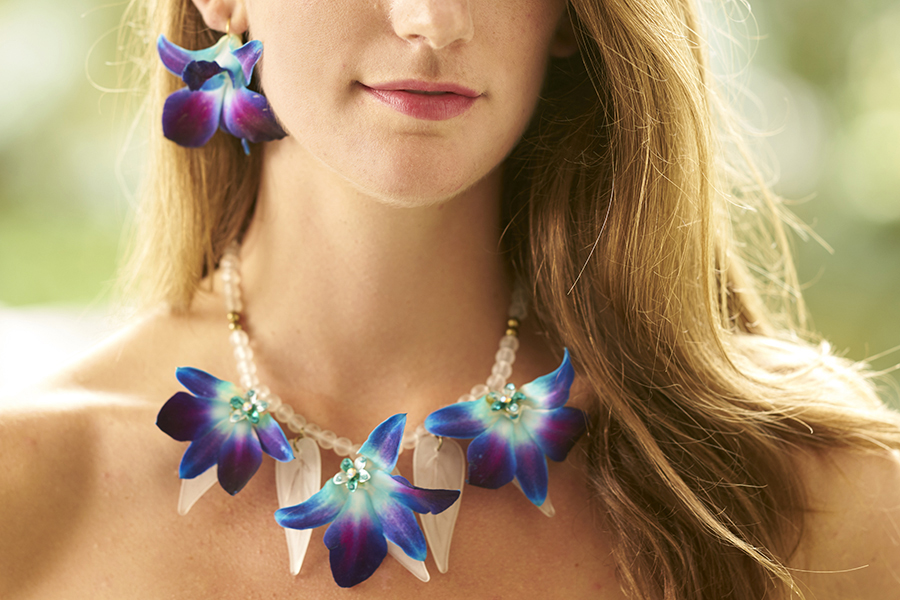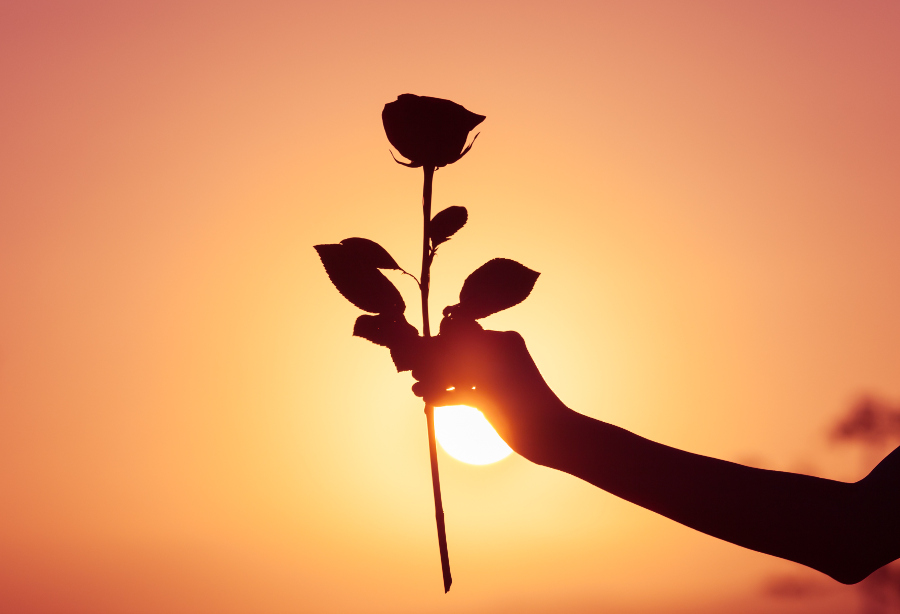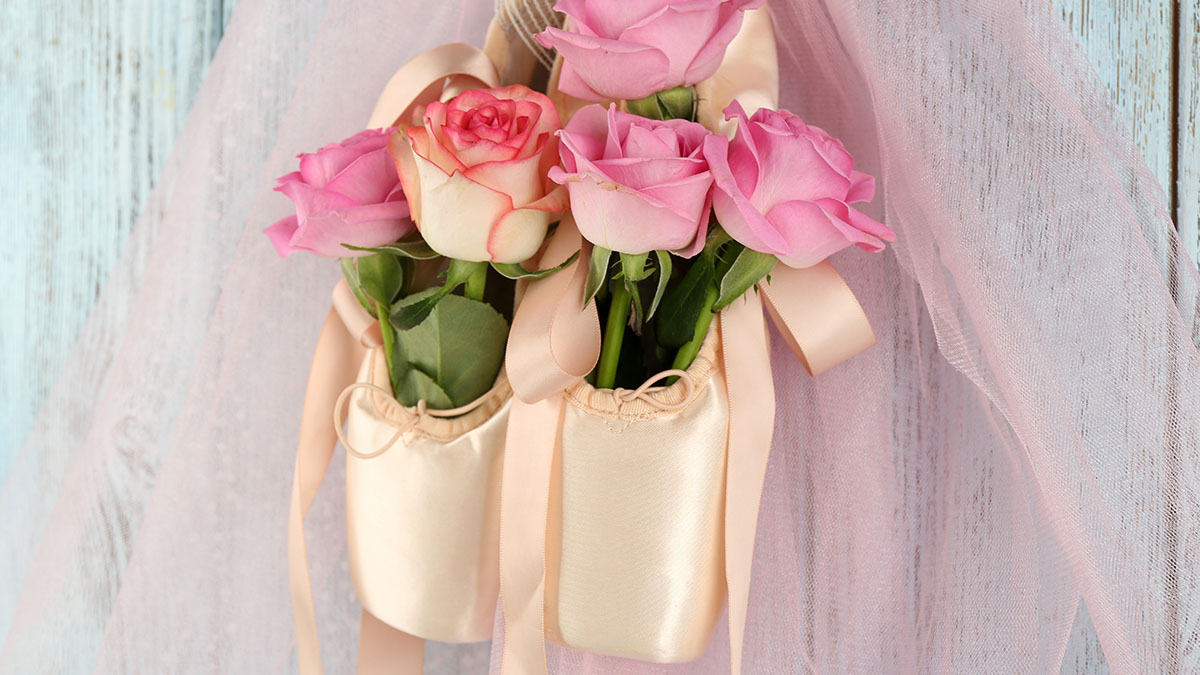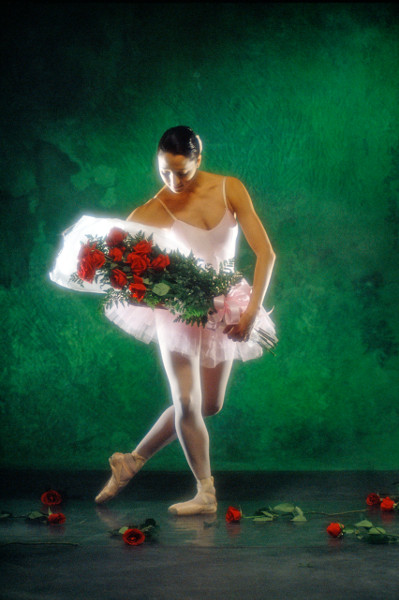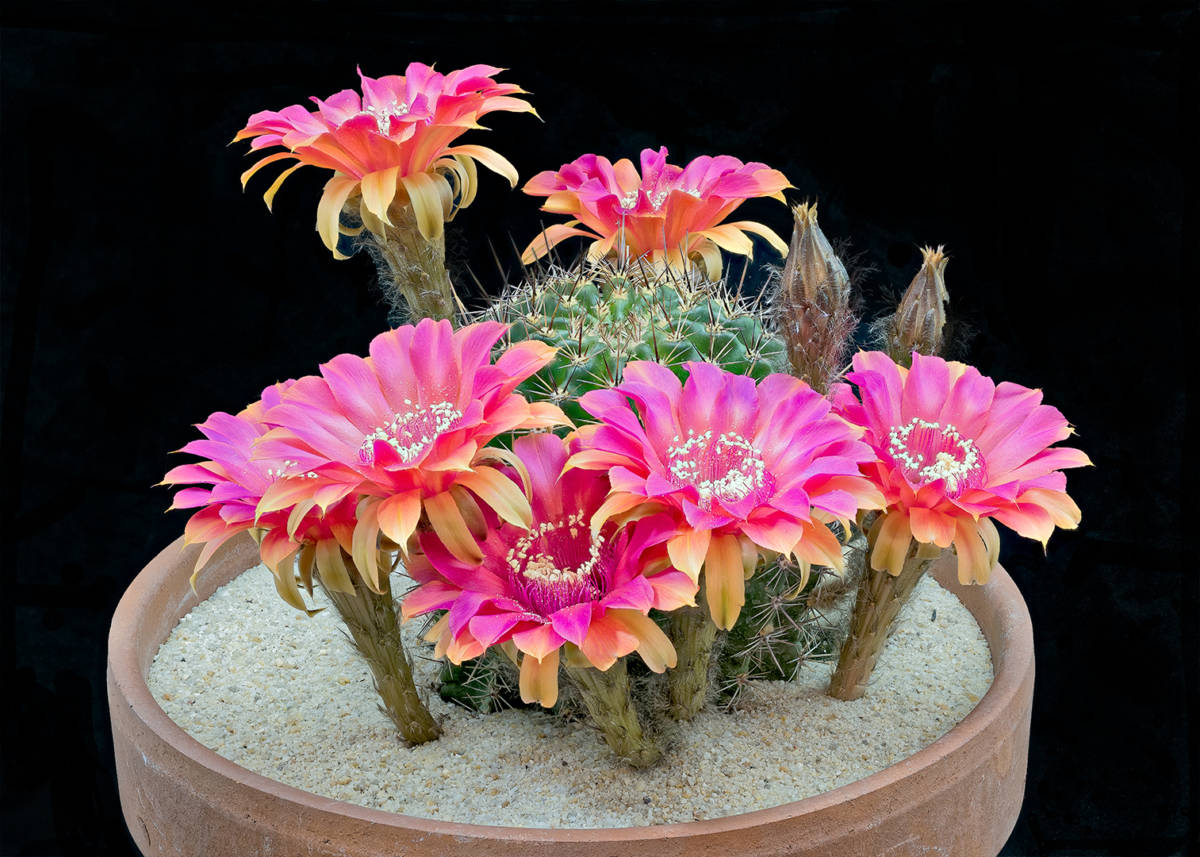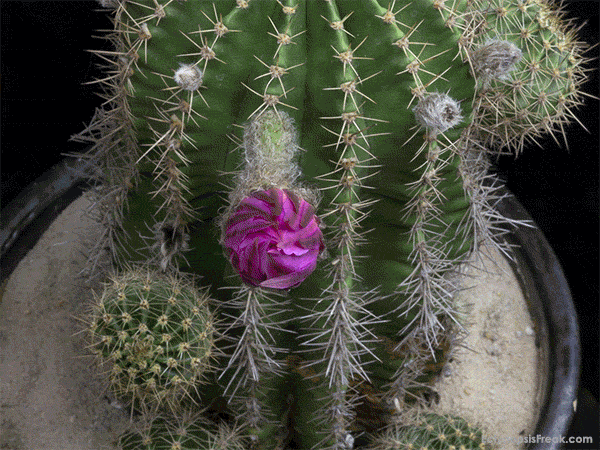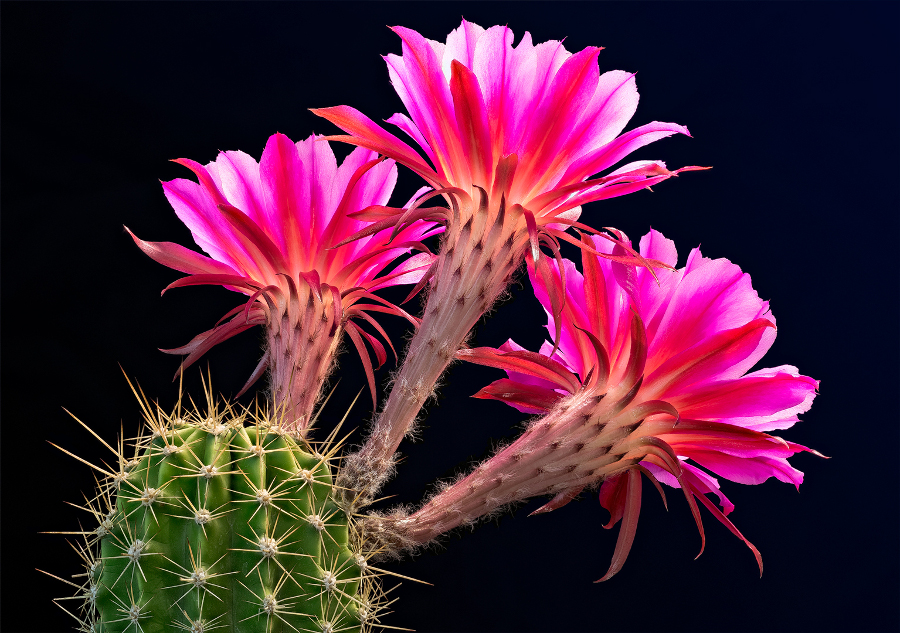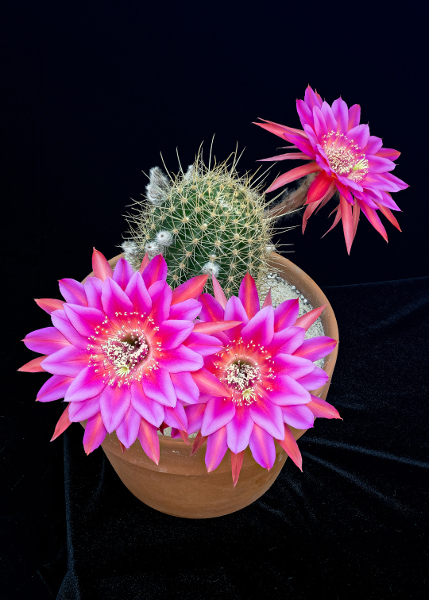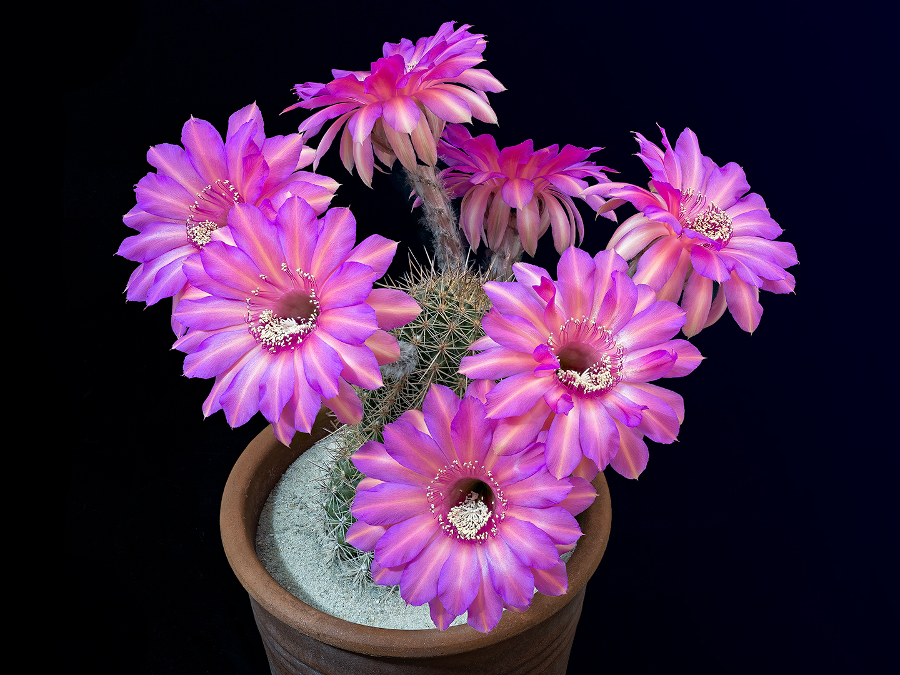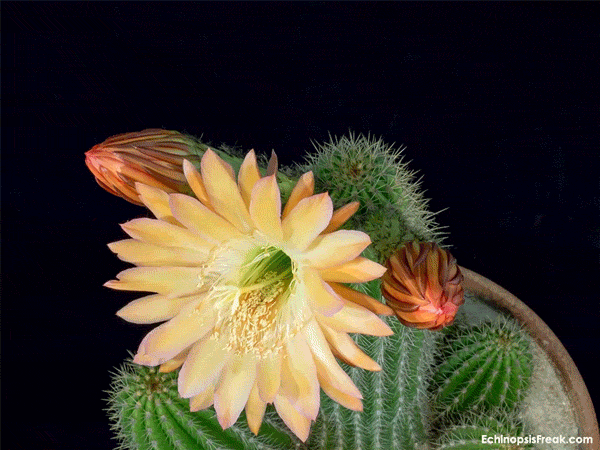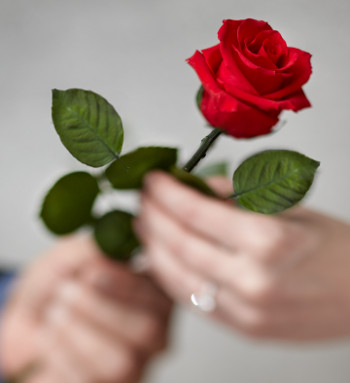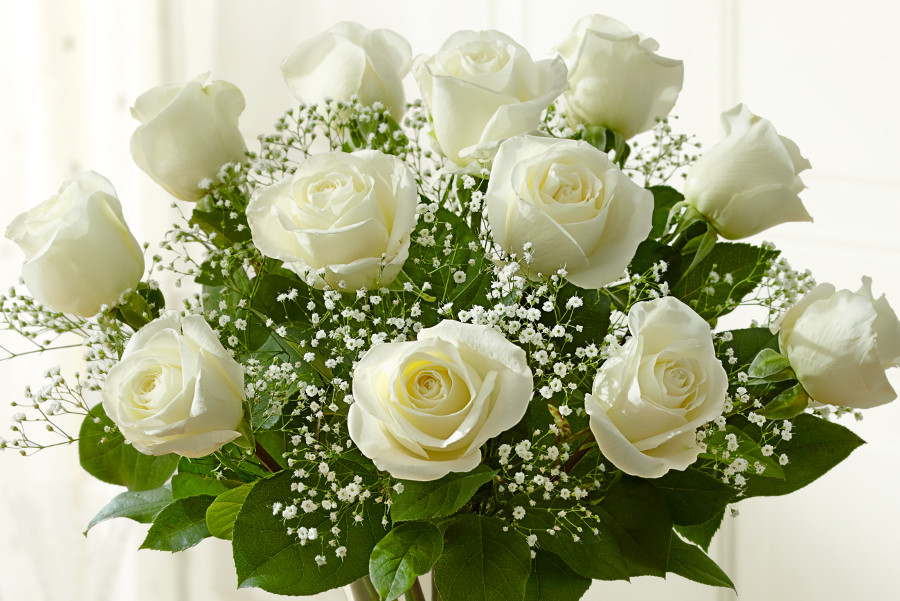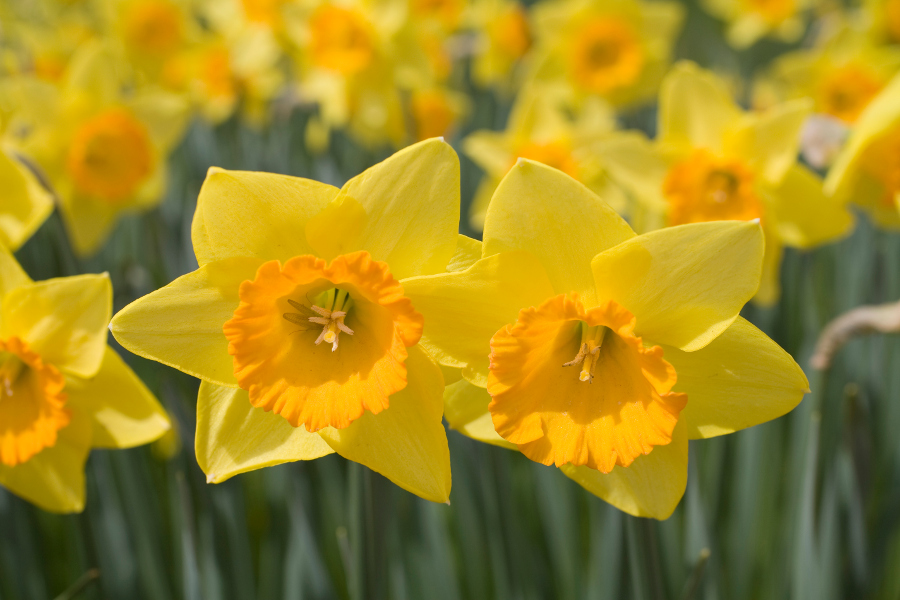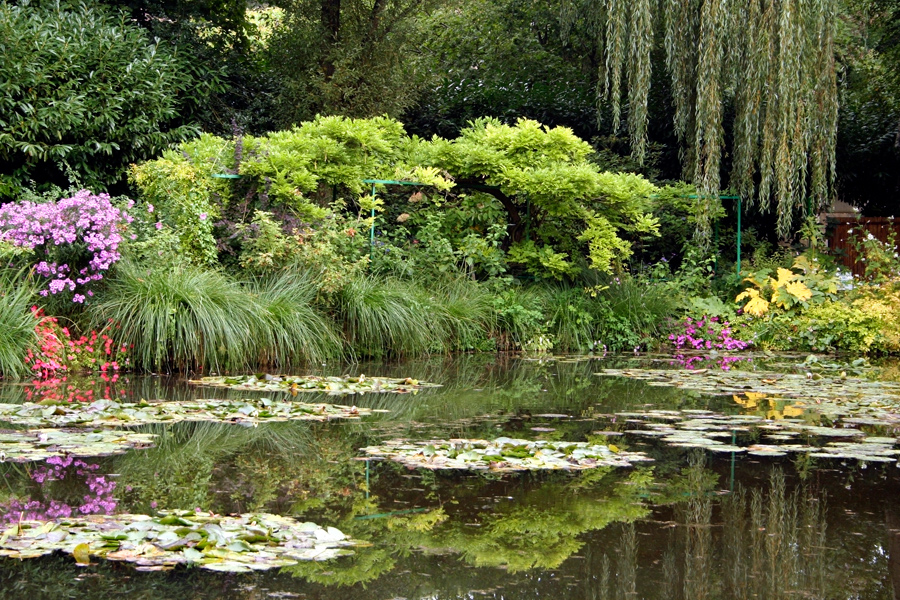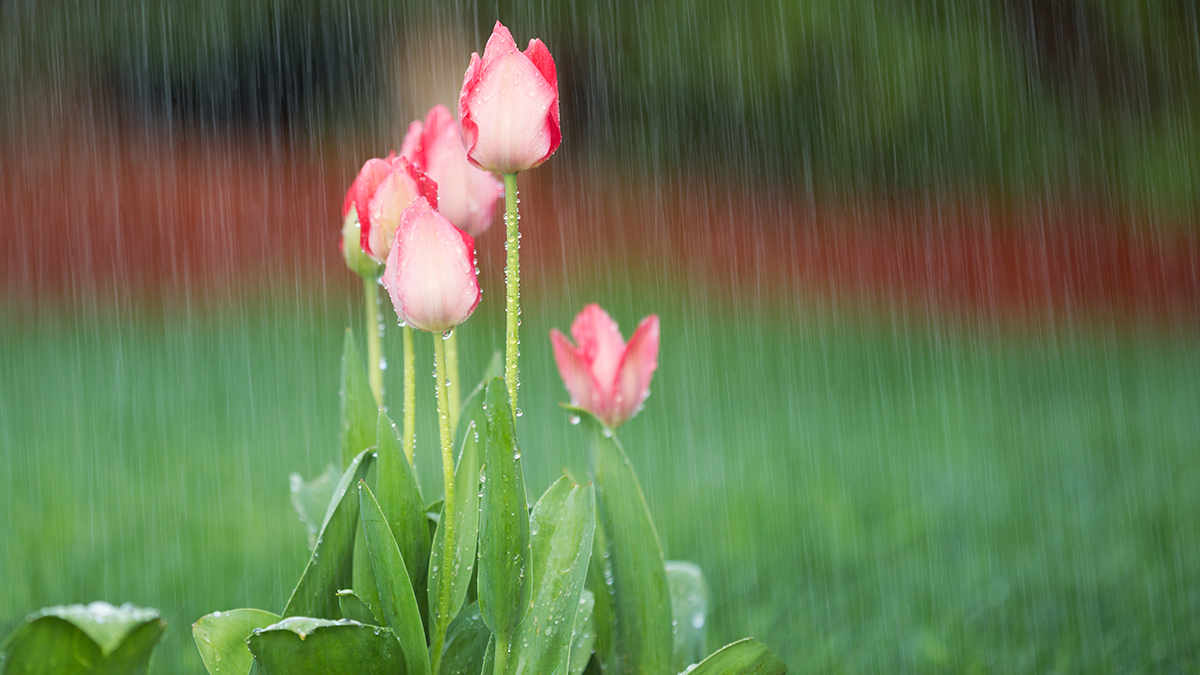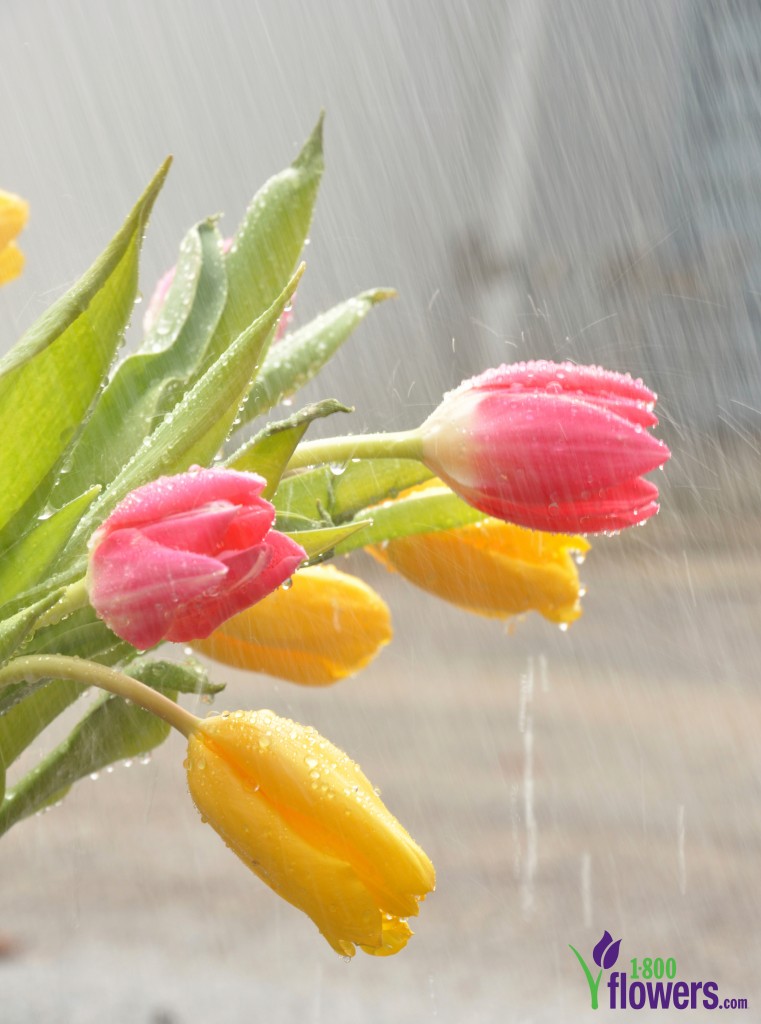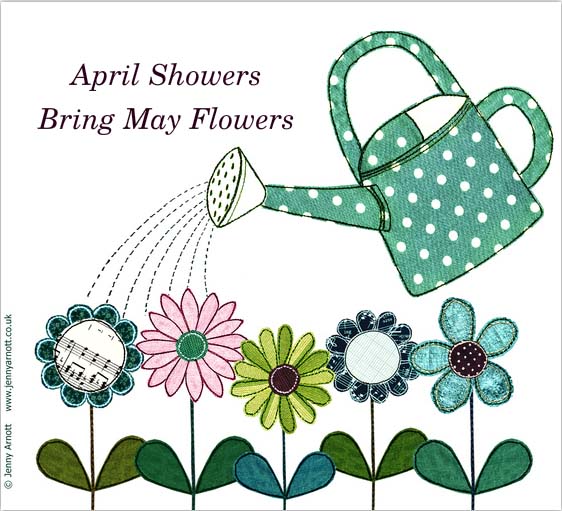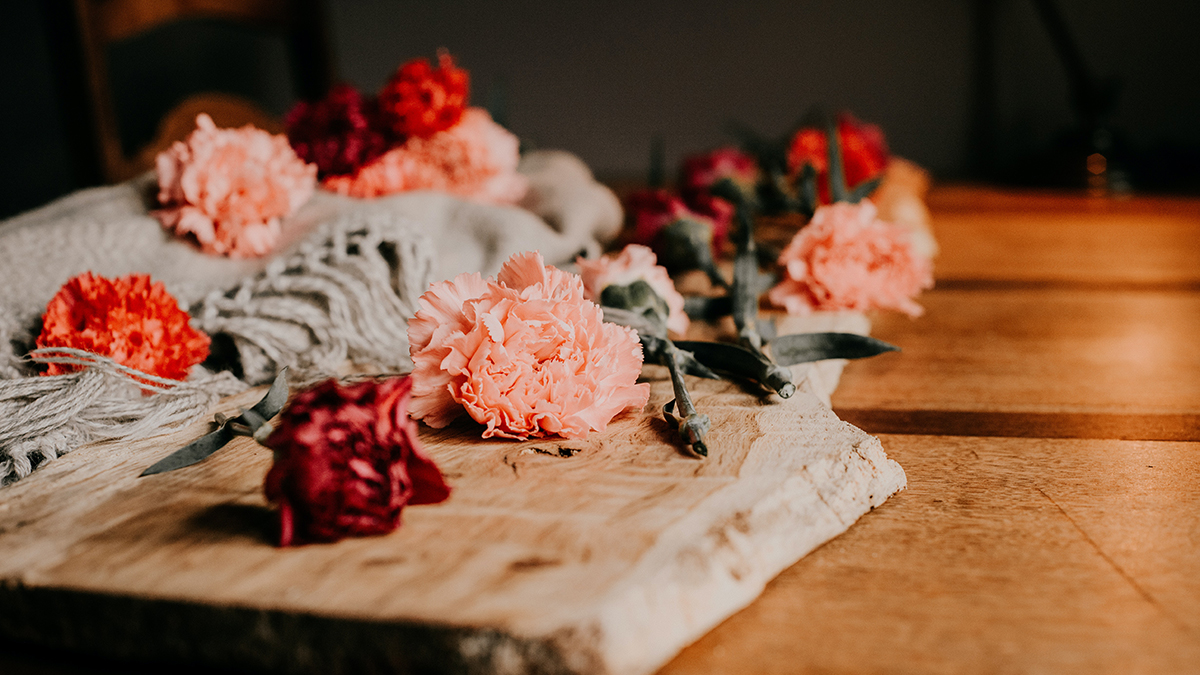With their bright colors, fascinating shapes, and undeniable beauty, flowers are a natural inspiration for canvases of all kinds — including the human body. Flower tattoos are an ancient form of artistic self-expression, and they have a lot of symbolism. Every carefully drawn line and detailed shading tells a multifaceted story that is truly more than skin deep.
Origin of flower tattoos
Flower tattoos date back to the beginning of tattooing itself. While there is no specific start date for the art, historians have traced permanent inking back 5,000 years to Otzi the Iceman. After hikers discovered Iceman in the Alps in 1991, Historians concluded the Iceman lived between 3400 B.C. and 3100 B.C. The Iceman’s mummified body had 61 tattoos.
Many cultures developed their own meaning and styles for traditional tattoos over the years. While permanent pigments are increasingly popular today, tattoos were once used as a form of punishment and were largely taboo in many religions in the 19th century.
Floral is a popular choice that spans different styles and techniques and has been a favorite since the early days of tattooing.
Why flowers?
Flowers are known for their rich symbolism, derived from folklore, legends, and mythology from different cultures around the world. These age-old stories have been further developed by artists like Van Gogh (sunflowers, anyone?) and writers such as Shakespeare in poems, plays, and novels.
Flowers can also be tied to individual identities. For example, America has a flower for each state, and we all have a flower for our birth month. And every flower has multiple stories and meanings behind it, depending on the cultural context.
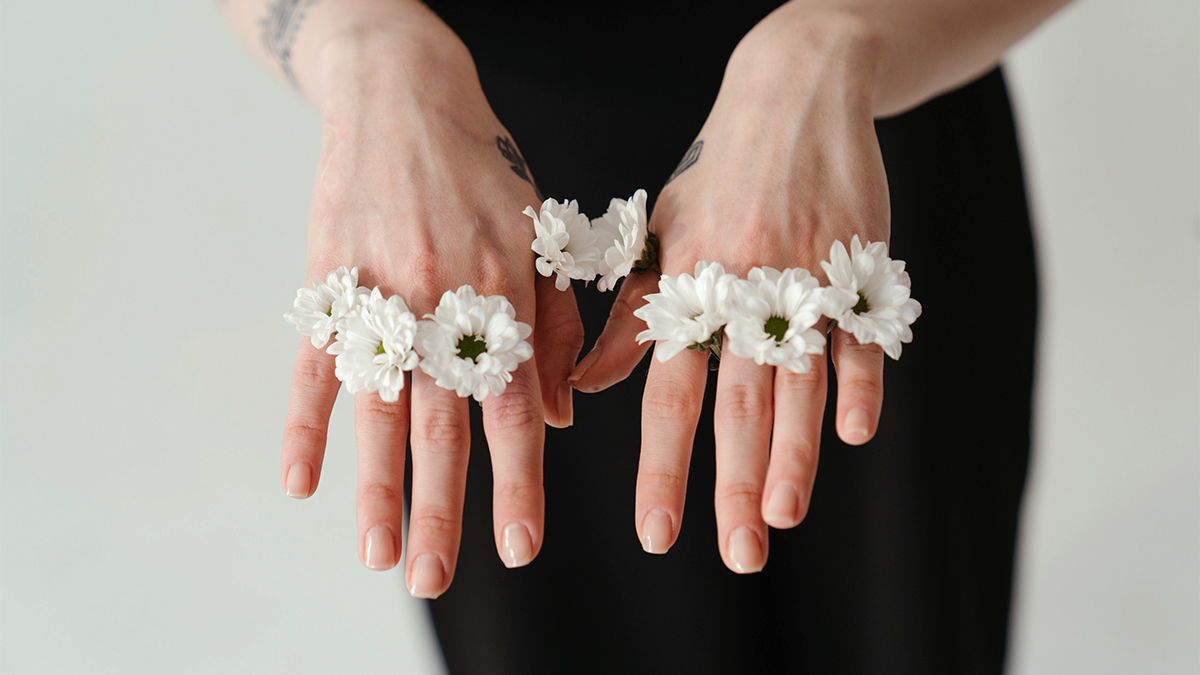
Jade Gleitsman, a floral tattoo lover, sports a California poppy on her foot. “I got this tattoo because I am from California and had been traveling in Europe for a year and was missing home,” she explains. “Flower tattoos are popular because they can be ascetically pleasing, and they can represent so many variations and styles.” The meaning of flower tattoos will ultimately differ from individual to individual.
A flower tattoo can commemorate your hometown, romantic partner, or even family history, but even just the simple beauty of flowers is enough for people to get one inked. When we mark our bodies, we can inhabit the older, traditional stories or create new ones for ourselves. Either way, flowers give us plenty of ways to share our feelings, whether we choose freshly picked, painted, or tattooed.
Meaning of popular flower tattoos
Roses
The rose is the most popular flower in the U.S., so of course, it’s one of the most popular flower tattoos too. Roses are a symbol of love, so they are a common tattoo for lovers to get together. Roses with thorns, however, have associations with pain, and particularly the loss of a loved one. The different colors of the flowers reflect different meanings.
Sunflowers
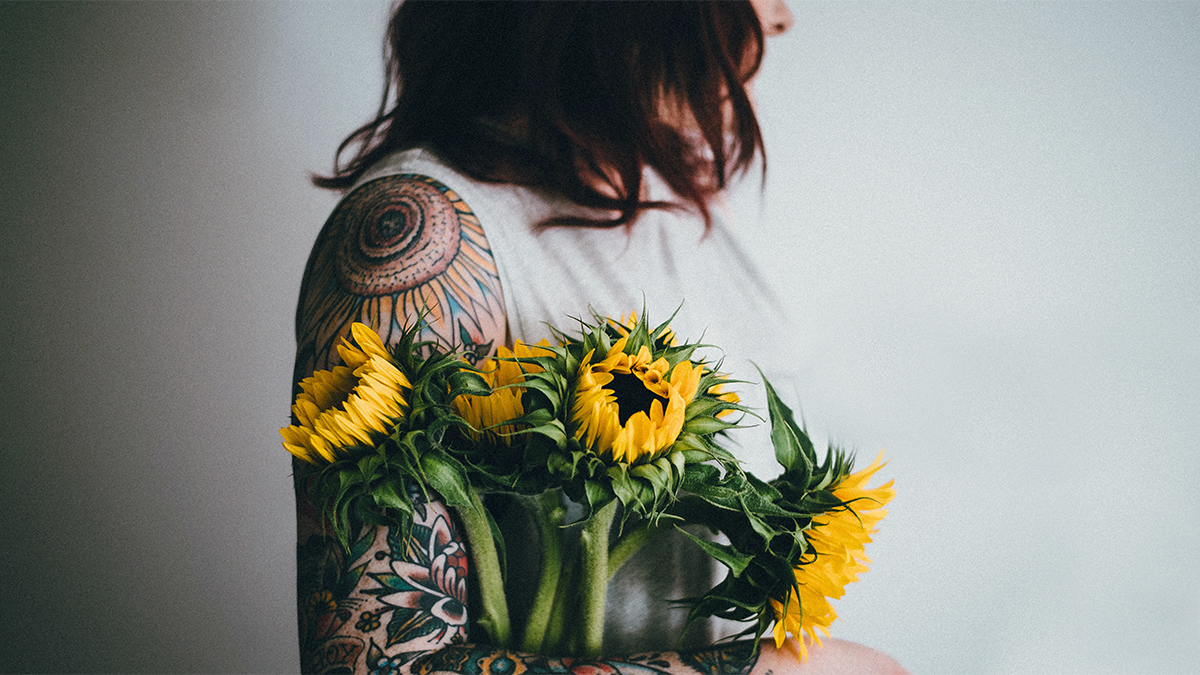
Just like the real-life blooms, sunflower tattoos are incredibly striking. A sunflower’s vibrant yellow and impressive size makes it stand out from the crowd — something it likely has in common with the person wearing it. Sunflowers are commonly associated with good luck, happiness, and new beginnings.
Tulips
Like sunflowers, tulips make wonderful tattoos when inked in full color. As a bulb flower, the tulip is incredibly resilient and comes back to life year after year. As they symbolize rebirth and determination, tulips are a popular choice for people who have recently overcome a difficult obstacle.
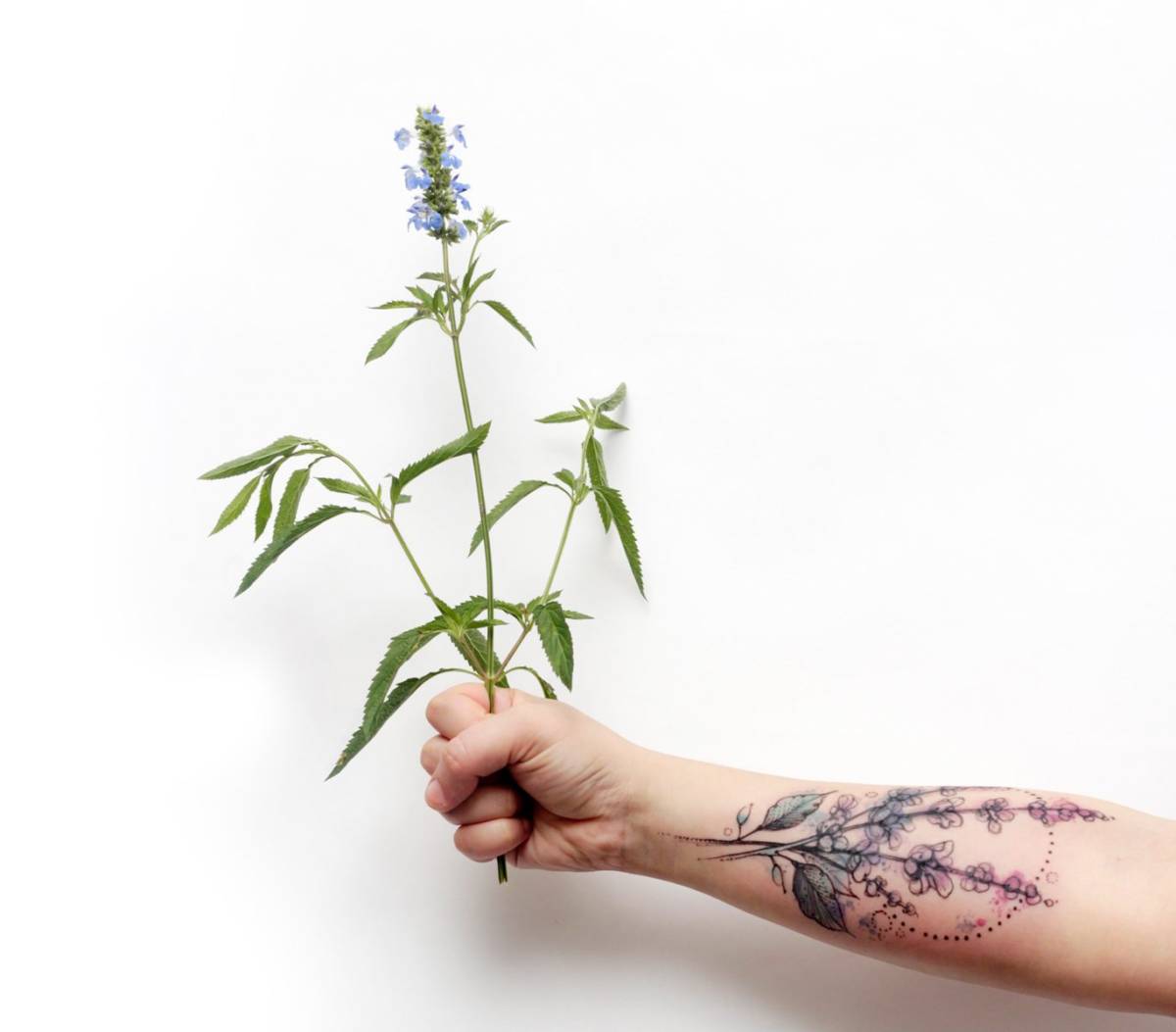
Lavender
These flowers represent devotion, grace, and calmness, while the color purple also has associations with royalty and luxury. Lavender has many medicinal properties and can be used for healing, so this a popular tattoo for people who have overcome illness. (For more lavender facts, check out our post all about lavender meanings and symbolism!)
Daisies
Generally preferred by women, daisies are beautifully delicate and feminine, so they are the perfect small flower tattoo. Traditionally they have symbolized innocence and purity, which makes them a popular commemorative tattoo for a loved one who has died.
Carnations
The carnation is the official Mother’s Day flower and a popular choice for new mothers and people who have recently lost their mothers. Mothers and daughters often get matching carnation tattoos.
Lilies
In recent years, lilies have come to be closely associated with Christianity, as they’re believed to symbolize the Virgin Mary, Easter, death, and rebirth. Lilies have long represented devotion, commitment, and friendship.
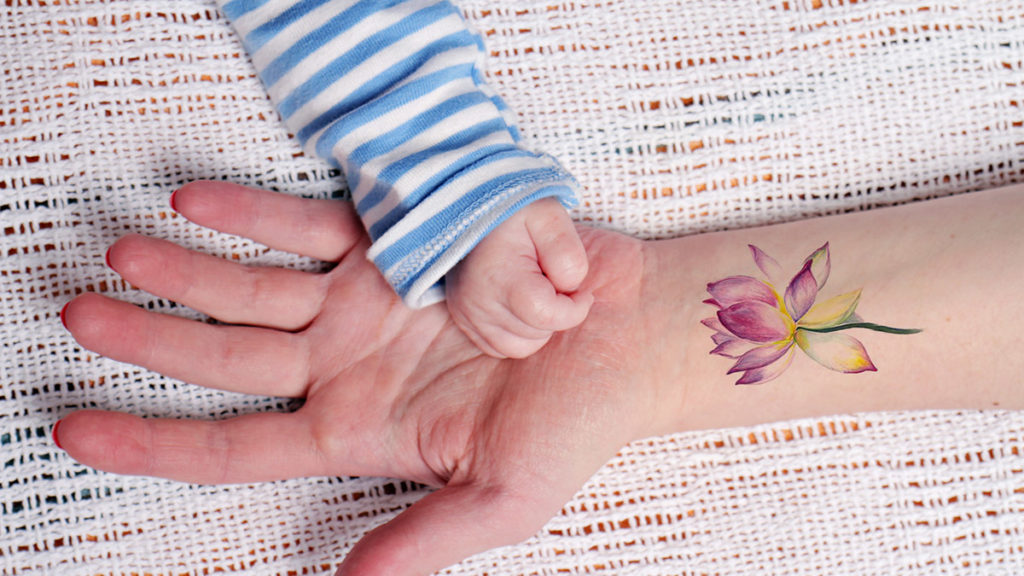
Lotus
Even though they typically grow in muddy water, lotus flowers are known for their beauty and grace. That’s why many people see the lotus as a symbol for persevering through the hard times or “muddy waters” in life and coming out the other side stronger and more accomplished because of it.
Orchids
Known by the Greeks as the “Flower of Magnificence,” the orchid belongs to one of the largest flower families on earth, with more than 27,000 species. It’s no surprise, then, that these flowers are found in nearly every part of the world. Orchids are most popular in Asian countries.
Hibiscus
The hibiscus flower holds many different meanings depending on the region. In China, it is closely related to femininity, beauty, and purity; however, in Korean culture, the hibiscus is a symbol of immortality. The hibiscus is the state flower of Hawaii, and there the bright bloom stands for freedom and ease.

